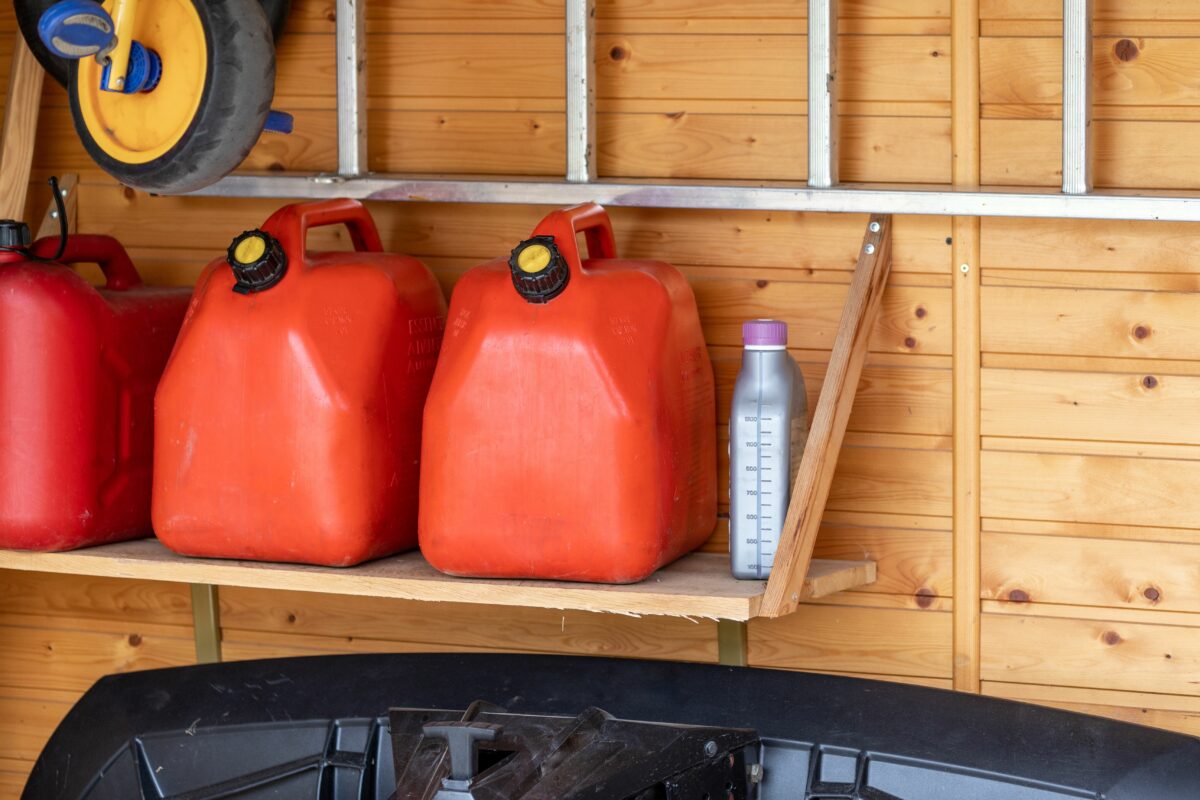Mold smells are unpleasant but common in many homes. Moldy food in the fridge, damp laundry left in the dryer, or a leaky pipe could be to blame. These smells can be an early warning sign and a danger, as some mold can trigger allergic reactions and respiratory problems. Here are effective strategies to get rid of mold smells in your home, plus practical tips to prevent mold from coming back.
Causes of Mold Smells in a House
Mold spores are naturally present in the air but require moisture to grow and multiply. They can quickly establish colonies when they find a damp surface, such as damp clothes left in a pile, a wet carpet, a leaking roof, or a humid basement. A musty odor results from the metabolic processes of mold and mildew, as they break down organic materials like wood, drywall, and fabric.
Leaky pipes, roof leaks, poor ventilation, high humidity levels, and flooding are familiar sources of moisture that lead to mold growth. Even everyday activities like cooking, showering, and drying clothes indoors can increase humidity.
Why You Should Eliminate Mold Smells
A musty smell not only indicates the presence of mold but also suggests that the indoor environment may be unhealthy. Mold spores can cause respiratory problems, skin irritation, and allergic reactions. Prolonged exposure can exacerbate these conditions, particularly in individuals with asthma or weak immune systems. Mold can also cause significant damage to your home’s structure, including walls, ceilings, and floors. Over time, this damage becomes costly to repair.
Getty Images / Olga Dobrovolska
Locating the Source of Mold Smells
The first step to effectively eliminate mold smells is to locate the root cause. Inspect moisture-prone areas, such as bathrooms, basements, kitchens, and laundry rooms. Check the laundry hamper to see if wet clothes were left in a heap. Look in beach and gym bags for damp towels, undergarments, or gym clothes left unattended.
Look for signs of mold, such as discoloration on walls, ceilings, and floors. Check concealed spots under carpets, furniture, crawlspaces, attics, and roofs. Examine plumbing fixtures, pipes, the roof, and gutters for leaks. Mold can also grow in the HVAC systems, so ensure the ducts and vents are cleaned regularly. Try using a moisture meter to identify areas with excessive humidity or hidden moisture not visible to the naked eye.
If the source remains unclear, seek the advice of a professional mold inspector. The Environmental Protection Agency (EPA) provides comprehensive mold cleanup tips and techniques to help you safely remove mold once you find it.
How to Get Rid of Mold Smells in a House
After you have identified the source of the mold and removed it, use one of these effective strategies to remove the mold smell.
1. Improve Air Circulation and Reduce Moisture
Open windows and doors and turn on fans. Use your HVAC system to draw out odors and capture mold spores. Remember to clean or change the filters to improve efficiency. A dehumidifier can reduce humidity levels in your home, making it less conducive to mold. Air purifiers with HEPA filters remove mold spores and other allergens from the air, improving air quality and reducing odors.
2. Use Odor Absorbers
If you’ve removed mold but the smell remains, you can purchase and hang several commercial odor absorbers in places with limited air circulation. Alternatively, you can place bowls of activated charcoal, baking soda, cornstarch, coffee grounds, or kitty litter around the affected areas to neutralize mold smells.
Sprinkle baking soda on carpets, furniture, and other surfaces where the odor is present.
3. Use Natural Remedies
Vinegar is a natural deodorizer. Place bowls of white vinegar in the room or spray it directly onto affected surfaces. Leave it for several hours, and then wipe it down. Essential oils such as tea tree oil, eucalyptus, and lavender oil have antifungal properties. Mix a few drops with water and spray the solution onto moldy surfaces. Alternatively, lemon juice has natural antibacterial and antifungal properties. Mix lemon juice with water and spray it on mold-affected areas. It can help eliminate both the mold and the smell.
4. Try Chemical Remedies
Hydrogen peroxide can kill mold and remove odors. Apply a 3% hydrogen peroxide solution to the moldy area, let it sit for 10 minutes, and then scrub and wipe clean. Alternatively, you can create a Borax, ammonia, or a diluted bleach solution to eliminate mold and the associated smells. When using chemical cleaners, safety is of utmost importance. Wear protective gear like gloves and masks to avoid skin contact and inhaling fumes.
When using chemical cleaners, ensure you have adequate ventilation and never mix ammonia with bleach.
5. Use an Air Scrubber
Among commercial mold removal options, air scrubbers are specifically designed to kill mold. You can buy your own or hire a professional who uses them. Air scrubbers use a combination of UV light and HEPA filters to eliminate mold. They also remove particles and odors from the air.
How to Prevent Mold and Odors from Returning
Preventing mold growth is the key to keeping your home free from musty smells. Ensure that your house is well-ventilated and have a regular cleaning routine to prevent mold growth. Pay special attention to moisture-prone areas, such as bathrooms and basements. Use air conditioners and dehumidifiers to maintain optimal humidity levels. Use exhaust fans in bathrooms and kitchens to remove excess humidity.
Repair any leaks in your roof, walls, or plumbing as soon as they are detected. When renovating or building, use mold-resistant materials such as mold-resistant drywall and paint. These products can reduce the risk of mold growth.
Safety Measures When Treating Mold-Infested Areas
When cleaning mold, keep these tips in mind:
- Always wear protective gear such as gloves, goggles, and a mask to protect yourself from mold spores and cleaning chemicals.
- Seal off the affected area, using plastic sheeting and tape to create a barrier to prevent the spread of mold spores to other areas of your home.
- Ensure the area is well-ventilated while cleaning to reduce exposure to mold spores and fumes from cleaning products.
- Properly dispose of materials that cannot be washed, such as moldy carpets, insulation, and drywall.
If all of this sounds beyond your area of expertise, hire a professional mold remediation specialist who can correctly identify and treat different kinds of mold infestations.














